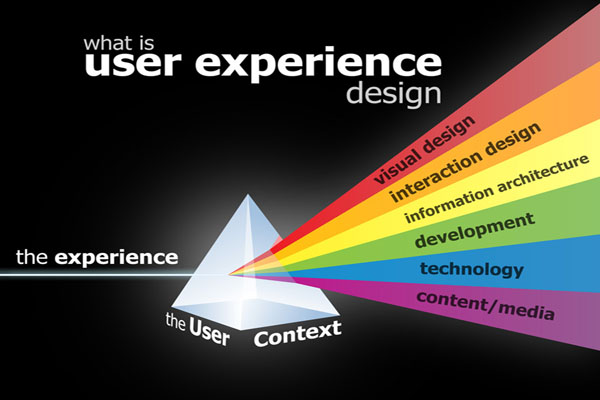1. The Spectrum:
We need to understand the greatness of Customer Experience (CX) over User Experience (UX) and the need of UX. Customer Experience has a far broader spectrum as compared to UX i.e. User Experience. UX is basically a subset of CX. As times have rolled, we see UX becoming an integral part of CX now.
2. Competency:
UX professionals are in to design and development that produce tablet apps, mobile apps and websites. The CX professionals mention ‘customers’ instead of ’users’ focusing their interests on marketing techniques, customer evaluation and feedback, sales reps, point of sales, product packaging etc.
3. Background of UX and CX professionals:
A UX professional’s qualification is more related to developmental and behavioral sciences. They focus on developing products and apps while keeping in view the mental psychology of the user hence, incorporating the elements of the required technology to match user needs. The qualification for a CX professional are also similar but on a much broader perspective. The CX professional has to look in to the non-digital aspect of the interactions too. The CX pro has to focus on CRM (Customer Relationship Management), the marketing side: observing the trends of the market and exploring and expanding the business, customer retention and at the same time satisfying all stakeholders.
4. Importance:
When it comes to running a business no matter what context we look in to whether its products, services, advertising, marketing, evaluation, testing etc. among all of this empathy, creativity and systems thinking have played a major role. As the world becomes extremely competitive, so do the practices of a UX designer become necessary with the evolvement of more and more complex systems.
As companies expand globally, they make their presence on the internet. To make their presence felt they need systems, models, apps and websites. Here the role of a UX designer begins. Whatever the UX designer develops he must ensure that it satisfies the four elements essential to User Design:
Usability:
It is a vast element which a product or app must cover. Many questions must be satisfied in order to ensure the success of UX design.
How user friendly the product was?
Did the user find relevant material?
Was the website readable?
Was the user able to discover the content he required?
Value:
The usage is not entirely the main focal point for a product. At times the user is looking for more than what is expected. In easier words, product features which the user is not thinking about directly or that do not comprise of its main needs are also a part of the product.
Adoptability:
UX professionals must design a product’s workflow in such a way that it naturally leads to users normal way of discovering its main features .It also means that the user can download, install and start using the product immediately.
Desirability:
At times a product simply fails because of its inability to attract or interact with its user. Or at times because of its unattractive look. However, it is not solely about looks sometimes a product might be very desirable just because of its interactivity. Sometimes, a site might not look desirable because of its extreme visual designs giving it a busy look.
In a nutshell:
Shortly put, CX can never be achieved entirely unless it is aligned with UX tools.












Thank you very much for sharing, I learned a lot from your article. Very cool. Thanks. nimabi